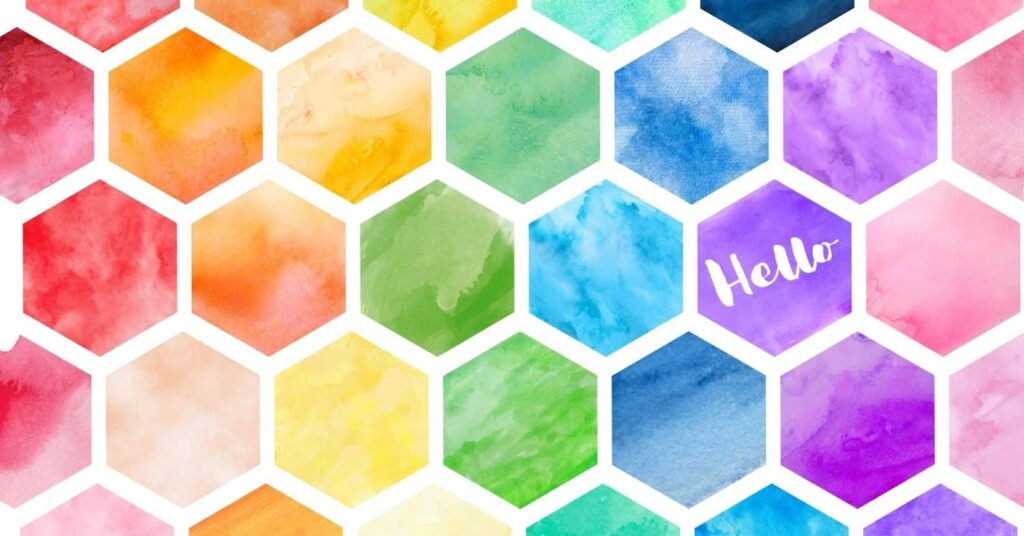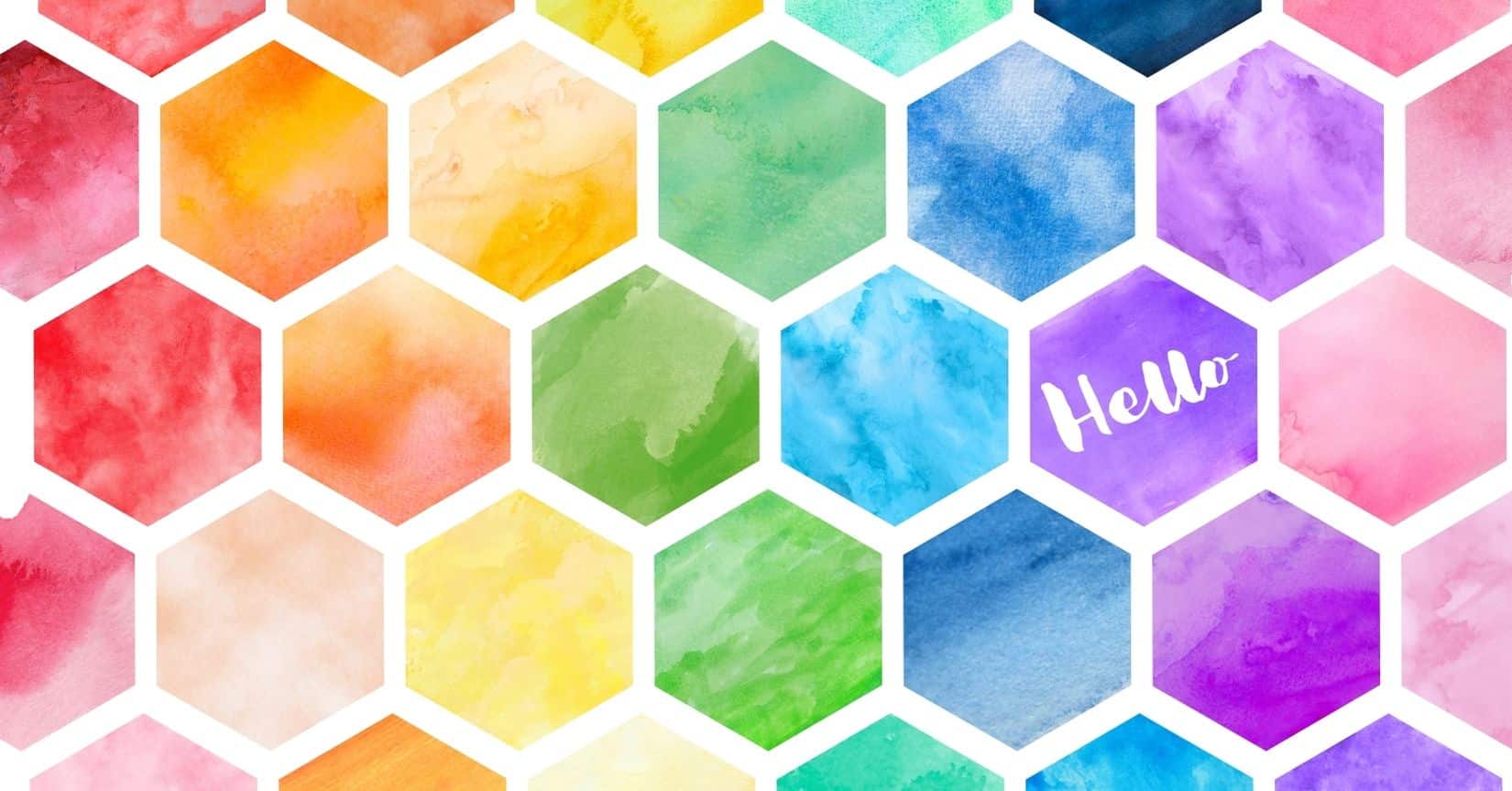Contents
Introduction to Poster Colour
Step into the vibrant world of poster color, where imagination knows no bounds and creativity takes flight! Whether you’re an avid artist or a design enthusiast, poster color offers endless possibilities for expressing your ideas boldly and captivatingly. With its rich pigments and versatile nature, this medium has become a favorite among professionals and hobbyists.
In this blog post, we will explore the exciting realm of poster color – its various applications, techniques for working with it, advantages and disadvantages, and tips for choosing the right tools to unlock your artistic potential.
So grab your paintbrushes, and let’s embark on an exhilarating journey through the kaleidoscope of poster color!
Applications of Poster Colour in Art and Design

The Versatility of poster color makes it a popular choice in art and design. Artists use poster color to create vibrant, bold illustrations, paintings, and mixed media artworks. The intense pigments of poster colors allow for rich, saturated hues that can easily catch the viewer’s eye.
In the design world, poster color finds its application in various forms. Graphic designers often incorporate this medium into their work to add pops of color or to create dynamic compositions. It is commonly used in creating posters, flyers, packaging designs, and even digital graphics.
Poster color can also be found on fashion runways as makeup artists utilize it for avant-garde looks during fashion shows or editorial photoshoots. Its opaque nature allows for precise detailing when applied with brushes or sponges.
Furthermore, the ease of blending different shades gives artists and designers the freedom to experiment with color-mixing techniques. This flexibility enables them to achieve unique gradients and transitions between colors.
Whether you are an artist looking to create captivating paintings or a designer seeking impactful visuals, the applications of poster color are virtually limitless!
Techniques for Working with Poster Colour
When it comes to working with poster color, there are a variety of techniques that artists can explore to create stunning and vibrant artwork. One method is layering, where you apply multiple layers of color on top of each other to achieve depth and richness in your painting. This allows for blending and mixing colors directly on the paper.
Another technique is wet-on-wet, where you apply wet paint onto a wet surface. This creates a soft and blended effect, perfect for creating smooth gradients or atmospheric backgrounds. On the other hand, dry brushing involves using very little water in your brush to create textured strokes with more visible brush marks.
You can also experiment with different brushstrokes and mark-making techniques to add interest and texture to your artwork. Dabbing, stippling, splattering, or even using unconventional tools like sponges or palette knives can all contribute to unique effects.
Furthermore, exploring different methods of application, such as glazing (thin transparent layers), scumbling (dry-brush over existing layers), or impasto (thickly applying paint), can offer exciting variations in texture and visual impact.
Remember that practice makes perfect when it comes to mastering these techniques. Feel free to experiment and try new things – you never know what surprising results may come from pushing the boundaries of poster color!
Advantages and Disadvantages of Using Poster Colour
When creating vibrant and eye-catching artwork, poster color is popular among artists and designers. Its Versatility allows for various applications, from illustrations to signage. However, like any medium, there are both advantages and disadvantages to using poster color.
One significant advantage of working with poster color is its intense pigmentation. The colors are often bold and vivid, allowing for striking results on paper or other surfaces. Additionally, the opaque nature of poster color makes it ideal for layering and achieving solid coverage.
Another advantage is that poster color can be easily mixed to create custom shades. This flexibility allows artists to experiment with endless color combinations, creating unique and personalized artwork.
On the flip side, one disadvantage of poster color is its tendency to dry quickly. This fast drying time can make blending colors more challenging than other mediums, such as acrylic or oil paint.
Additionally, due to its water-based formula, some may find that poster colors are less durable than oil paints or markers when exposed to moisture or extreme weather conditions.
Furthermore, while the opacity of poster colors can be an advantage for specific techniques (like layering), it might limit transparency effects that could be desirable in other styles or compositions.
Overall, though Despite these drawbacks, many artists still choose Poster color remains a popular choice because of its affordability, availability, ease of use, Versatility, Versatility, and vibrant Vibrant pigment pigmentation whether you’re a beginner looking to explore and experiment with new media! Or an experienced artist seeking fresh possibilities Possibilities?! There’s no denying the potential potential of using Poster color Colour.
Tips for Choosing the Right Paper and Tools for Poster Colour Painting
When it comes to poster color painting, choosing the right paper and tools can make all the difference in achieving stunning results. Here are a few tips to help you select the best materials for your artwork.
Consider the weight and texture of the paper. A heavier-weight form is recommended for poster colors as it can withstand multiple layers of paint without wrinkling or warping. Look for documents explicitly labeled for use with wet media or watercolor paints. Additionally, opt for a textured surface like cold-pressed or rough paper that will enhance the vibrancy and depth of your colors.
Next, consider whether you want to use individual sheets or a sketchbook pad. Individual sheets offer more flexibility regarding size options and can be great if you’re working on larger pieces or want to experiment with different sizes. On the other hand, sketchbook pads are convenient and portable, making them ideal for artists who enjoy painting on the go.
In terms of tools, invest in high-quality brushes with synthetic bristles explicitly designed for water-based paints like poster colors. These brushes will provide reasonable control over your strokes while maintaining their shape after repeated use. It’s also worth having a variety of brush sizes at your disposal so you can achieve both fine details and broader strokes.
Additionally, consider using a palette with wells to mix your colors. This will help keep them organized and prevent cross-contamination between shades. A plastic palette is often preferred, as cleaning up after each painting session is easy.
Lastly, but importantly, remember masking tape! It’s an essential tool when creating crisp edges or protecting certain areas of your artwork from unwanted splatters or spills.
Considering these tips when choosing your paper and tools for poster color painting, you’ll be well-equipped to create vibrant masterpieces that showcase your artistic talent!
Conclusion:
- The world of poster color is vibrant and exciting, offering endless possibilities for creativity and self-expression. From its versatile applications in art and design to the various techniques, poster color opens up a new realm of artistic exploration.
- Artists can bring their visions to life on canvas or paper using bold and vivid pigments. Whether creating eye-catching illustrations, designing captivating posters, or adding depth and dimension to paintings, poster color is an invaluable tool in the artist’s arsenal.
- One of the advantages of working with poster color is its Versatility. It can be used in opaque and translucent layers, allowing for various effects, from solid blocks of color to delicate washes. Mixing colors quickly adds another layer of flexibility and allows for custom shades tailored to each artwork.
- However, like any medium, poster color has some disadvantages. Its water-based nature may not adhere to particular surfaces or withstand excessive moisture. Additionally, it may require more coats than other types of paint for full coverage due to its transparency.
- Choosing the right paper and tools is essential when working with poster color. Opting for heavyweight paper prevents buckling or warping while providing a stable surface for painting. Brushes with synthetic bristles ensure smooth application while maintaining shape even after repeated use.
So go ahead – dive into this vibrant world! Embrace the richness of colors that poster paint offers! Unleash your creativity through its countless applications! There’s no limit as you journey through this fascinating medium!
Remember: With every stroke comes boundless potential – so grab your brushes, pick up some poster color, and let your imagination run.
Good luck, Habibi!
Come to the website and explore some mind-blowing content.











